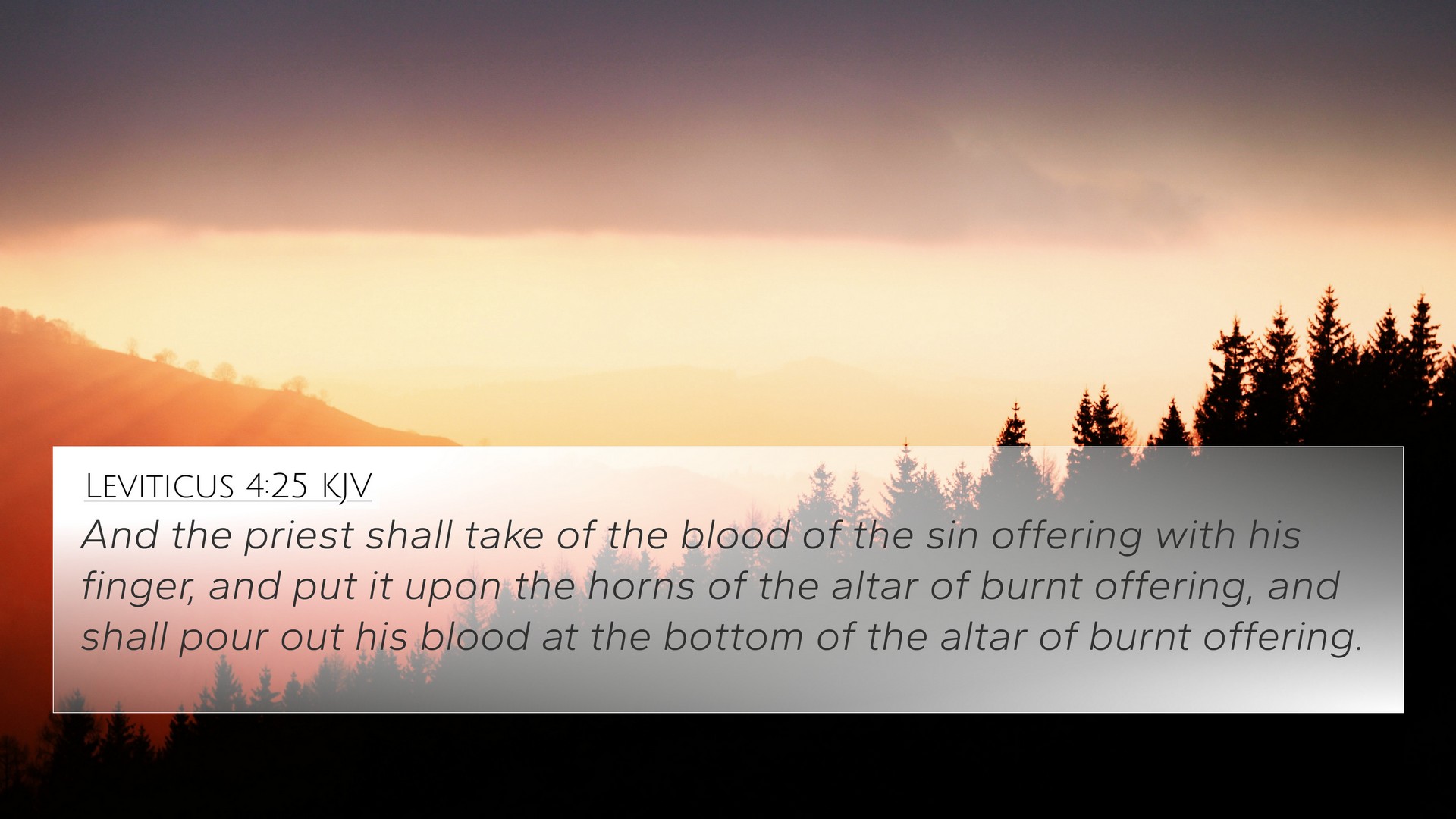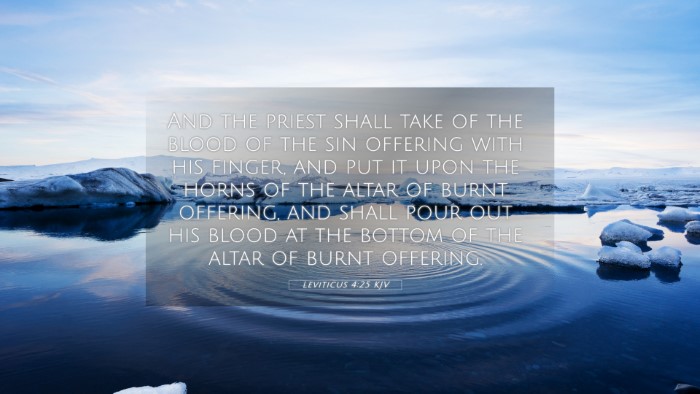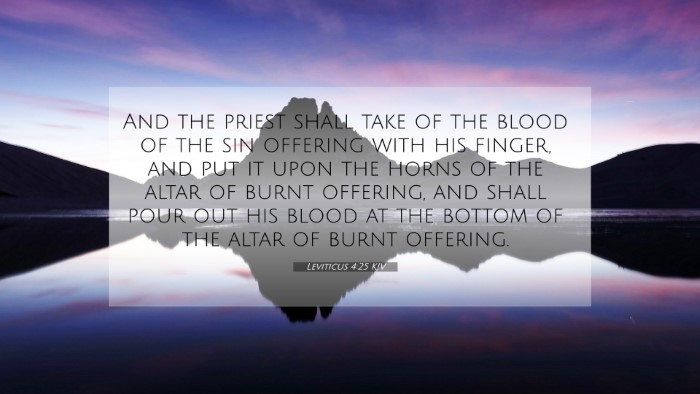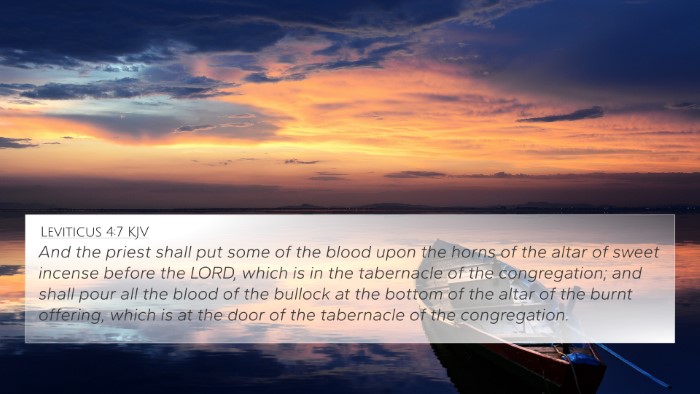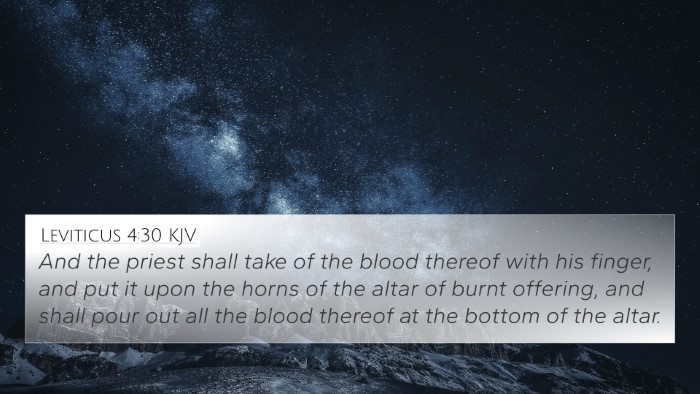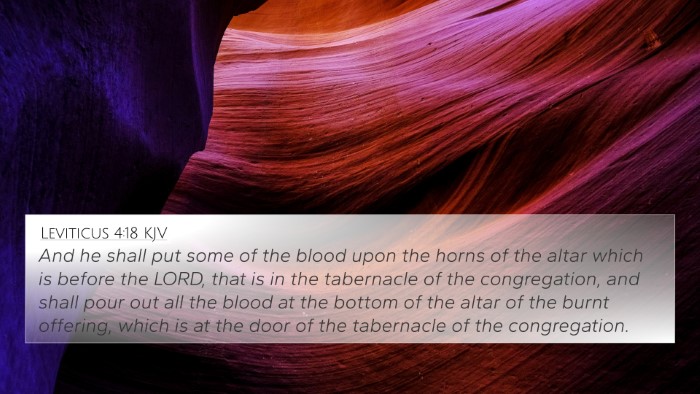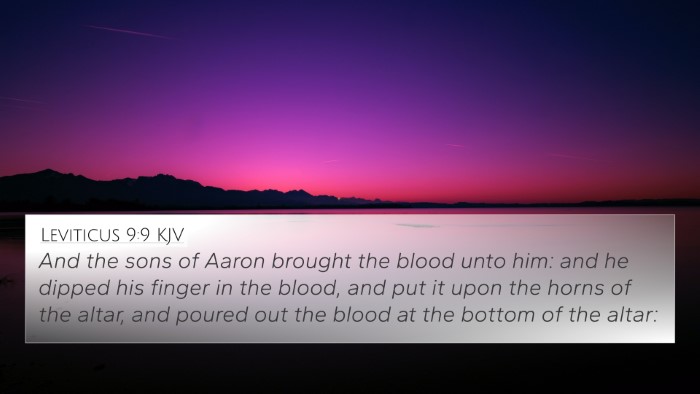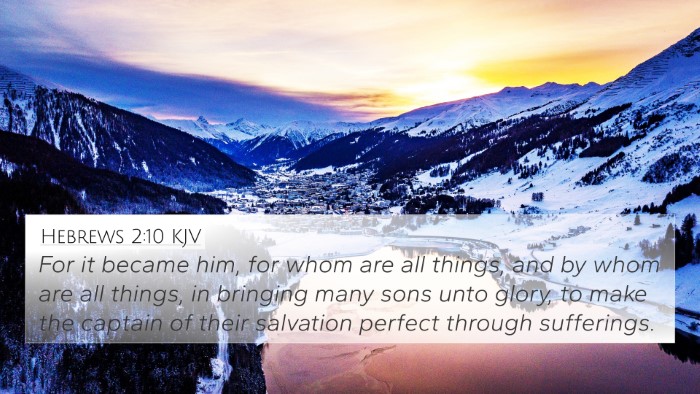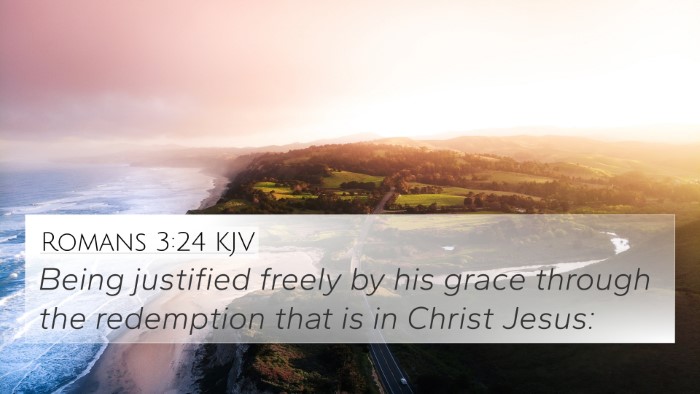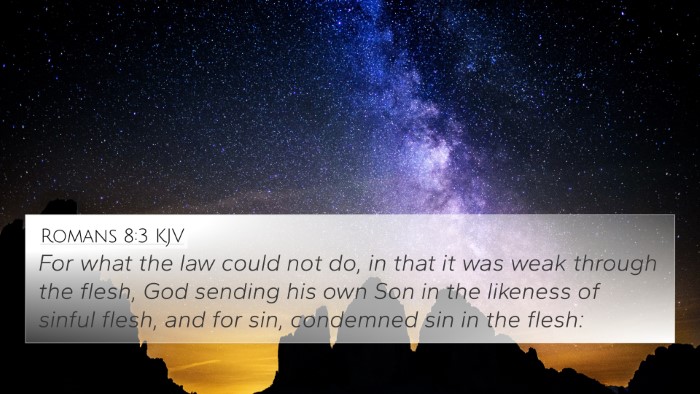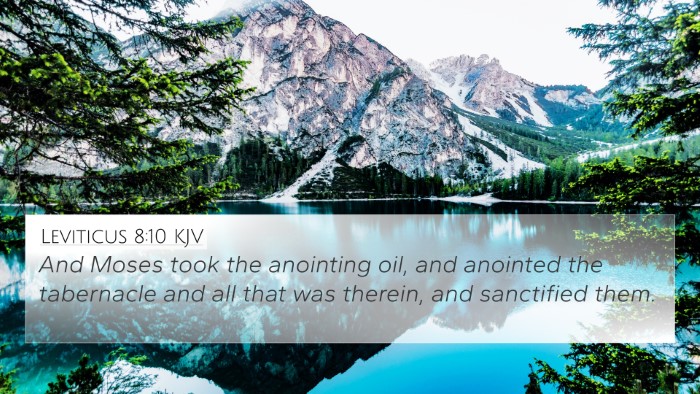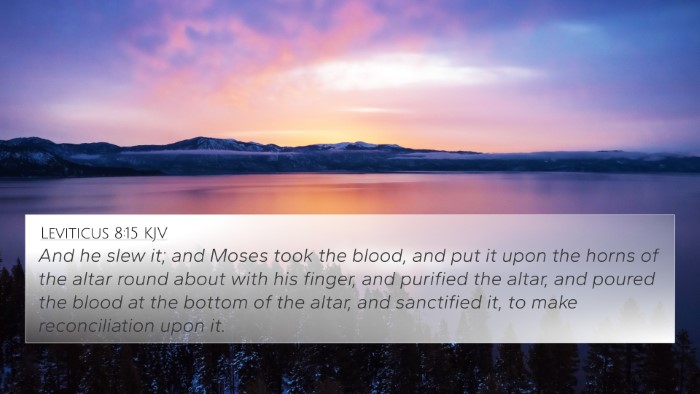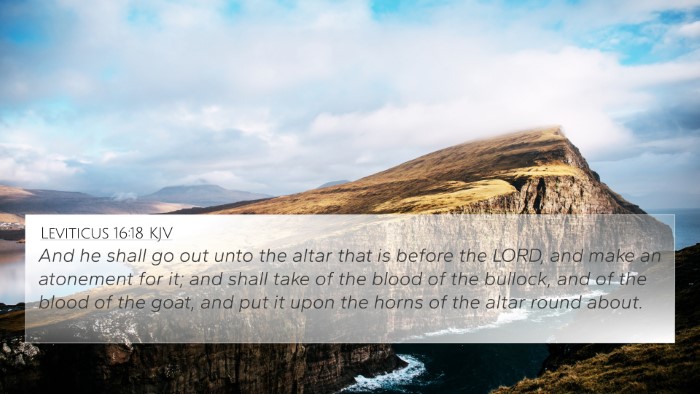Understanding Leviticus 4:25
Leviticus 4:25 reads: "And the priest shall take of the blood of the sin offering with his finger, and put it upon the horns of the altar of burnt offering, and shall pour out his blood at the bottom of the altar of burnt offering." This directive is part of the sacrificial system detailed in Leviticus, which underscores the seriousness of sin and the necessary atonement.
Summary of Key Themes
- Atonement: The passage emphasizes the significance of blood in atonement, indicating that sin carries a heavy price and that reconciliation with God requires an offering.
- Role of the Priest: The priest acts as a mediator between God and the people, ensuring that the proper channels of worship and atonement are followed.
- Symbolism of Blood: Blood represents life and is a critical component for the purification process, conveying the gravity of sin and the divine requirement for redemption.
Commentary Insights
Matthew Henry
Matthew Henry notes that the act of sprinkling blood symbolizes the presentation of the offering before God. The application of blood signifies that sin cannot be overlooked and requires acknowledgment before divine justice can be satisfied. The altar, as a sacred space, plays a crucial role in this ritual, marking the intersection between the profane and the holy.
Albert Barnes
Albert Barnes explains the ritual's importance in highlighting the necessity of shedding blood for expiation. He emphasizes that the act of pouring out the blood signifies the seriousness of sin and the need for a proper sacrifice, served through the appointed priesthood, which points to the ultimate sacrifice of Christ in the New Testament.
Adam Clarke
Adam Clarke provides a detailed analysis of the symbolism associated with the blood and the altar. He discusses the physical representations of atonement and the seriousness of the covenant community. Clarke acknowledges the foreshadowing of Christ’s sacrifice, noting how the mechanics of the Old Testament sacrifices reveal the foundational principles of atonement that carry into New Testament theology.
Bible Cross-References
- Hebrews 9:22: "Without the shedding of blood, there is no remission." This verse strongly connects to the sacrificial system in Leviticus.
- Romans 3:25: Speaks of God presenting Jesus as a sacrifice of atonement through faith in His blood.
- Exodus 29:12: Discusses the significance of blood on the altar, cementing the importance of sacrifice in worship.
- Leviticus 16:15: Details the Day of Atonement, where blood plays a crucial role in atonement for the people.
- 1 Peter 1:19: Refers to the precious blood of Christ as a lamb without blemish, relating back to the sacrificial themes.
- Isaiah 53:5: Prophesies Christ’s suffering and the redemptive power of His sacrifice for our transgressions.
- Ephesians 1:7: Declares that in Christ we have redemption through His blood, illustrating the fulfillment of sacrificial laws.
Conclusion
Leviticus 4:25 serves as a critical reminder of the gravity of sin and the means by which the covenant community can approach God through prescribed rituals. Understanding this verse through the lens of various commentaries and cross-references enriches the interpretation and reveals how it connects with broader theological truths in Scripture. The exploration of these connections highlights the continuity of God's plan for redemption as seen throughout the Bible.
